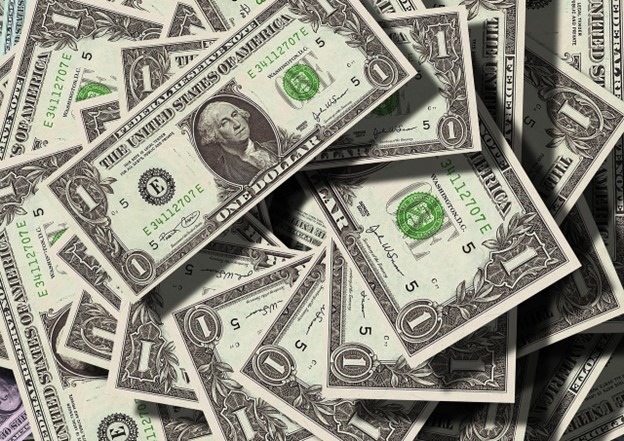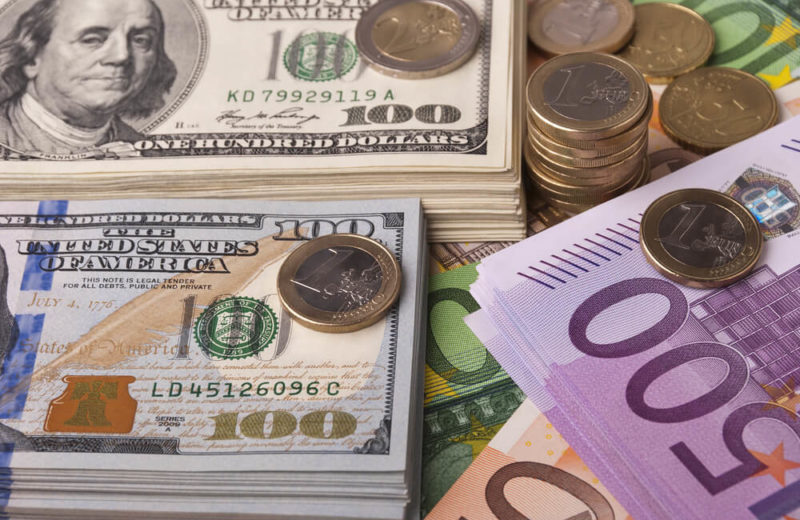The US Dollar (USD) rate stands as a significant focus in the global financial landscape, showing marked variations in response to different economic indicators and events. In the initial part of Wednesday’s trading, the USD saw a decline against its counterparts due to prevailing risk flows. This trend reversed in the American session, following the release of optimistic PMI data that indicated a stronger-than-expected expansion in private sector economic activity in early January. This development helped the USD recover some of its losses.
US Dollar Rate: Fluctuations and Influencing Factors
During the European morning, the USD Index (DXY) remained above 103.00, while the yield on the benchmark 10-year US Treasury bond consistently stayed over 4%. At the same time, US stock index futures exhibited a mixed performance. The forecast for the US real GDP, projecting a 2% annual increase in the fourth quarter, marks a deceleration from the robust 4.9% growth seen in the third quarter.
In currency markets, the EUR/USD capitalized on the widespread USD weakness, ending Wednesday on a positive note. However, the pair faced challenges in stabilizing above 1.0900, eventually closing just below this level. Meanwhile, the GBP/USD climbed to its highest point in nearly two weeks, surpassing 1.2770 during European trading hours, driven by better-than-expected UK PMI data. Although it underwent a correction later in the American session, the pair remained stable above 1.2700.
Anticipated Developments and ECB Commentary
Moving forward, attention turns to the European Central Bank (ECB), which is anticipated to hold key interest rates steady. ECB President Christine Lagarde is slated to discuss the policy outlook in a press conference scheduled at 13:45 GMT. The outcomes of this event could introduce new factors affecting the USD rate, especially against the Euro.
In summary, the US dollar rate serves as a gauge of economic sentiment in the complex global financial markets. The interplay of economic indicators and geopolitical events highlights the dynamic nature of currency markets. Despite forecasts of slower GDP growth, the USD’s ability to navigate various challenges reaffirms its crucial role in the global economy. Investors and analysts should remain alert, adapting to the evolving market conditions and managing fluctuations with an understanding of the changing landscape.
















